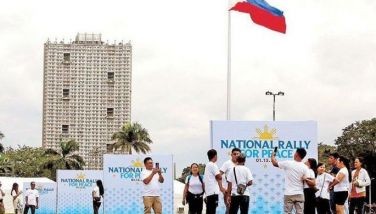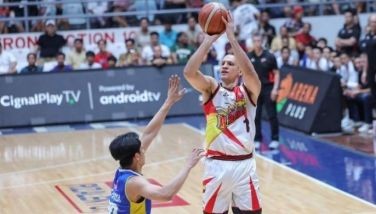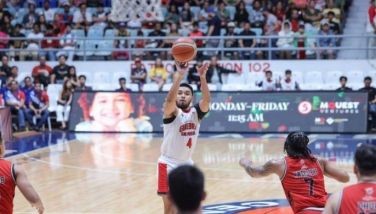Today the NFL, tomorrow other sports?
A federal judge has held up the groundbreaking nine-figure settlement the National Football League has been ordered to pay its past and current players who are able to prove that they sustained concussion-related injuries from playing professional football. This has sparked a controversy and drawn attention to a landmark decision that could be used as a precedent in other sports, as well.
District Judge Anita Brody ruled that the $765 million payout the NFL would be giving to retired players from over the last 20-odd years might not be anywhere near enough, and has asked for more documentation about the extent of head injuries in the NFL. Brody believes that the final amount could be much higher, based on the number of athletes involved and the severity of their injuries. The NFL and NFL Properties originally agreed last August to pay about 4,500 players and their families the amount in a trailblazing class action settlement.
The case began with former Atlanta Falcons safety Ray Easterling as lead plaintiff. The lawsuit charged that the NFL withheld knowledge of the dangers of concussions and did not do enough to protect players from them. Many players even played with concussions upon orders of their coaches and teams. Easterling committed suicide in 2012 and was discovered to have CTE (chronic traumatic encaphalopathy) which caused dementia and insomnia and depression which got worse over the last 20 years. Other high-profile deaths and problems of former NFL players surfaced, and the class action suit was begun under a media spotlight.
What is staggering to note is that up to 20,000 former and current players could be affected by brain injuries. And given the big amount to be paid out to each player, the settlement looks paltry. The documents supposedly state that players diagnosed with Level 1 Neurocognitive impairment could receive up to $1.5 million, those with Level 2 Neurocognitive Impairment would get $3 million, and those with Alzheimer’s or Parkinson’s, up to $3.5 million. Families of players who died with CTE would receive $4 million, while those proven to have ALS or Lou Gehrig’s disease would be paid $5 million. Processing the deal could take about six months before players start receiving compensation.
But there is another wrinkle, though. News reports state that up to 2,000 of the recipients may decide to opt out of receiving the settlement, and instead choose to file for separate litigation. One of the objections is that the settlement would allow the NFL to keep secret what it knows about the dangers of concussions, which was one of the main contentious issues of the suit to begin with.
The main challenge facing claimants is having to prove that their conditions is “severe†according to standards set by the settlement. The diagnoses they present may be questioned. Also, older players with more visible or more severe conditions would be paid out first, leaving younger players in danger of never getting any money, or face deteriorating health. If the amount is allowed to stay as is, eventually the monies paid out might not be enough to cover medical expenses of each player anyway.
Also, some claimants struck deals with their lawyers, which may leave them receiving less money because they will not be able to question the billings and contingency fees presented by their attorneys. Some of the lawyers are already being questioned for taking advantage of their clients. At the end of the day, the former players may have wasted their time, money and energy only to make their lawyers wealthy men.
What is the relevance of this issue to other sports? First of all, it establishes the responsibility of a league to look after the mental health and safety of its players. Any contact sport where there is frequent trauma to the head Iike mixed martial arts, for example, exposes athletes to similar risk. Consider that, as this writer stated in a previous column, these brain injuries occurred even with helmets on. What more for sports that do not even cushion blows at all?
Secondly, it establishes a benchmark for the amounts to be paid out. If the range for compensation for brain damage here is upheld, then every athlete who is able to get a diagnosis proving he has symptoms of the illnesses acknowledged could sue for the same amount, regardless of what country he is in. There is no economics of scale involved. Perhaps the price tag on the medical treatments may vary from country to country, but not the quality of life that is lost.
Lastly, if athletes in less organized sports or individual sports are able to establish culpability of promoters in their own injuries, they may turn on those who helped them become successful at their professions in the first place. They could look at themselves as blunt instruments or projectiles that promoters or financiers used to enrich themselves. Now, that would create a messy situation, indeed.
- Latest
- Trending






























